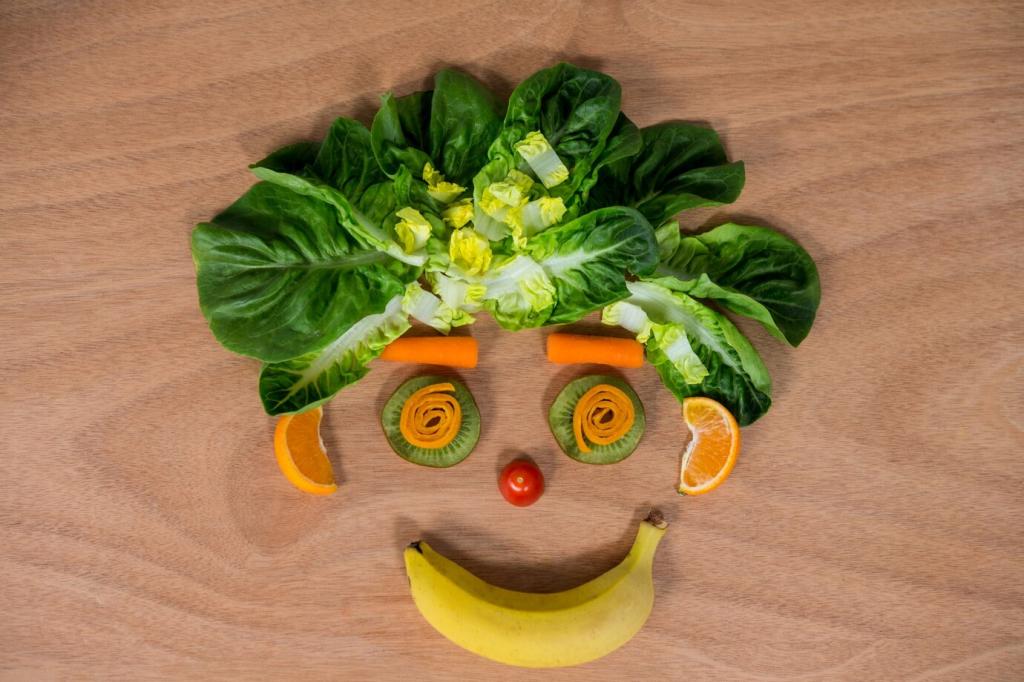Stories from the Table: Real-Life Mindful Moments
One reader added a two-minute candle-and-breath ritual before dinner. Arguing dropped, curiosity rose, and siblings started comparing crunch sounds. Share your ritual experiments in the comments, and subscribe for weekly challenges that fit real family life.
Stories from the Table: Real-Life Mindful Moments
A cautious eater sniffed a strawberry for days, then licked, then nibbled. Everyone cheered the moment, not the amount. The child now requests “quiet bites” to focus on flavor. Tell us about your child’s next brave step—we would love to celebrate it.







